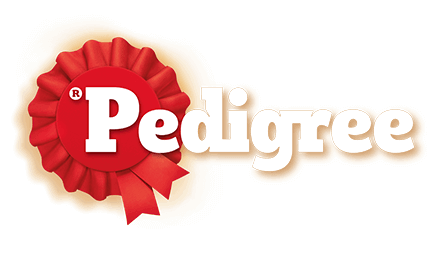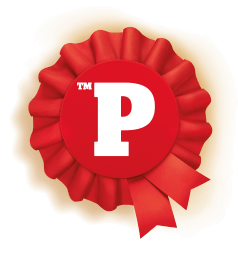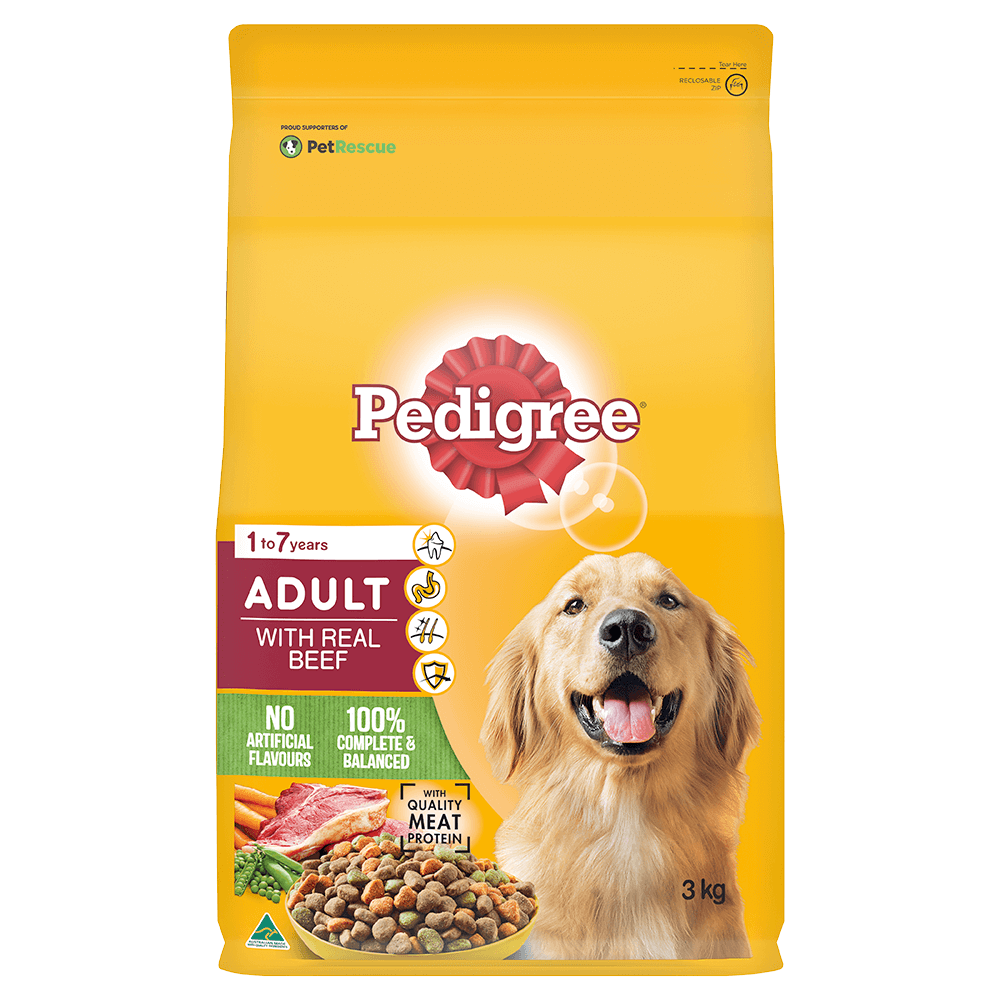Find products that match your dog’s needs

A dog park can be a terrific place to exercise and socialise your dog. But it can also become a place that traumatises them. Your experience often depends on the behaviour of your fellow dog parents. A few unmannerly people can ruin the experience for you and your dog.
For a more pleasurable bark park experience for all, just follow these simple rules of etiquette:
Come equipped. Bring a bowl and water from home. Towels for clean-up and to cover car seats are a good idea, too. After all, romping, running groups of dogs have a way of getting very dirty. And don’t forget to bring something to clean up after your dog.
Let your dog be a dog. If you don't know the difference between rough play and real dog fighting, spend some time observing dogs playing in a group. Many dog parents have been known to panic the first time they see their dog on the bottom of a dog pile.
Make sure your dog wears ID. Either a tag or information on your dog’s collar will do. Replace training collars with buckle collars or a harness before letting dogs loose to play—training collars can get caught in the teeth of other dogs, with dire consequences. Or even better, use a harness.
Keep your dog on-leash until safely inside the park. Then remove your dog’s leash after you enter the off-leash area. Mixing on-leash and off-leash dogs can cause stress in the leashed dogs, which may lead to aggressive behaviour.
Supervise your dog's play. It may be tempting to bury your head in today's paper—but don't. Be ready to interrupt inappropriate play whether your dog is the perpetrator or the victim.
Limit your use of toys or food treats to avoid potential conflicts. You can adjust this rule depending on how many dogs are in the park when you visit.
Make sure your dog responds to basic commands. 'Come,' 'sit,' and 'leave it/off,' are the most important ones—they can help you control your dog if necessary, and help prevent them from provoking others.
Don’t bring a dog with behavioural problems. If your dog's behaviour is unpredictable, they should be carefully socialised in environments more controlled than a dog park.
Don’t bring your dog if they have been sick in the last 48 hours. When in doubt, visit your veterinarian.
Don’t discipline another person's dog. If you find another dog's behaviour unacceptable, take your own dog out of the park rather than correcting someone else's dog.
Don't feed other dogs. You don't know if their caregivers allow it, and your treats might upset another dog's diet or digestion. It may also trigger a reaction between dogs.
Don’t stay if your dog isn't having a good time. Some dogs enjoy a small circle of friends but aren’t keen on crowds. Some enjoy park play as puppies, but less so as they mature.
One final guideline worth following: don't wear white clothes and don't bring a freshly groomed dog. Neither of you will come home unmarked.

Find PEDIGREE® dog food online at one of our retailers today!
Buy online
Click to buy from any of the retailers below


